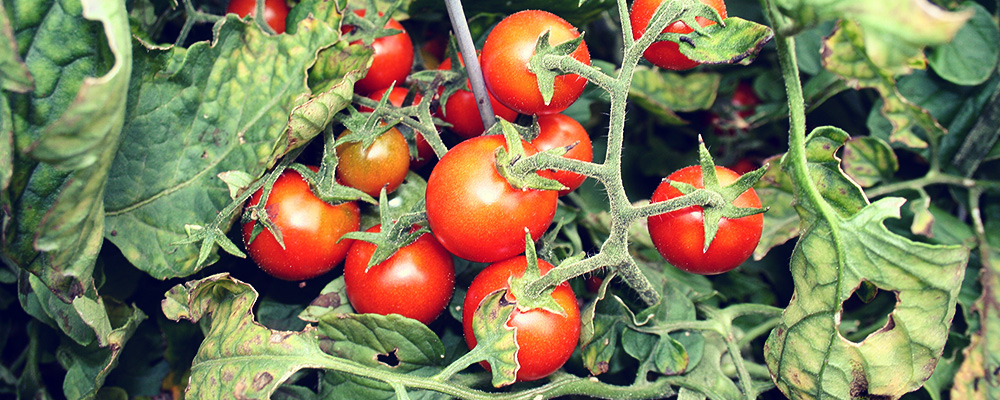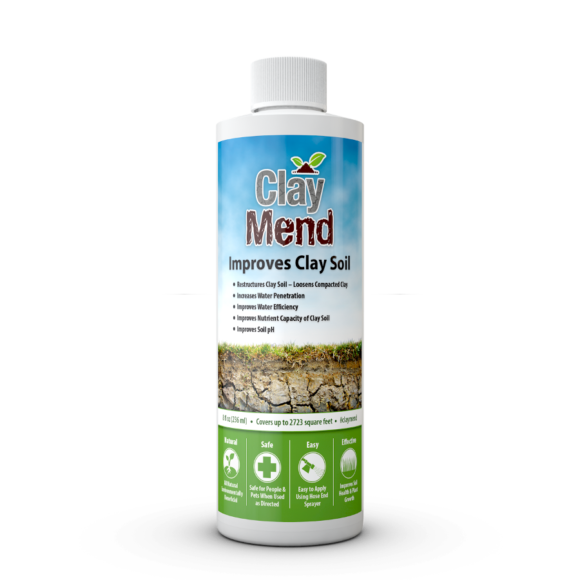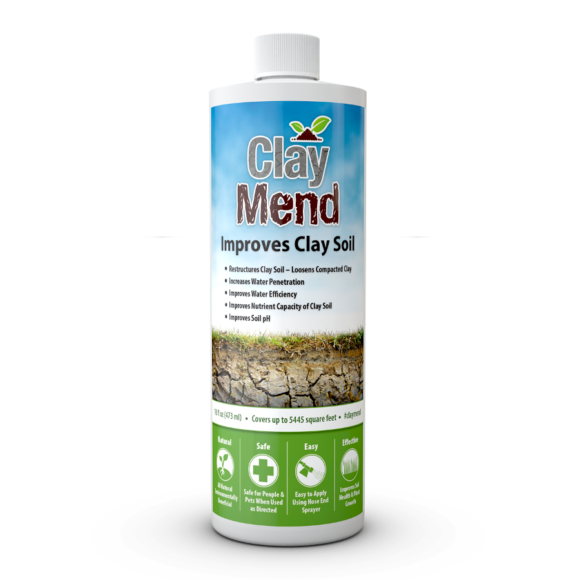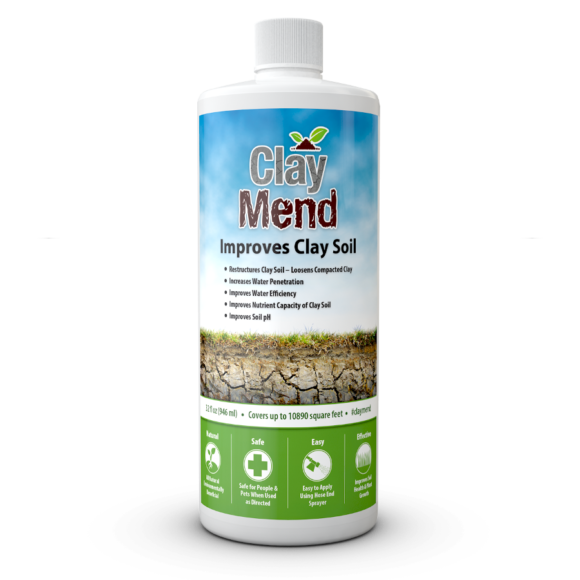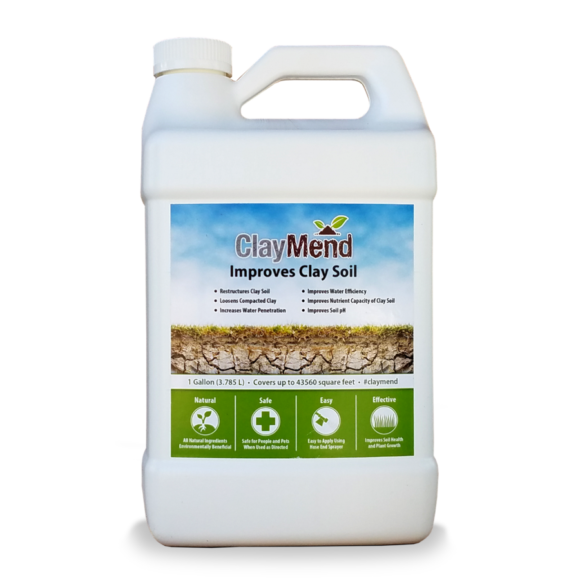ClayMend is ideal for using in vegetable gardens whether it is applied before being planted or whether there are plants already growing. The ingredients include naturally occurring organic acids, microbes, and some nitrogen and sulfur that are in rich fertile soil. Its use on farms helps increase crop harvest and in reducing use of chemical fertilizers.
Vegetable gardens are usually tilled in the spring or beginning of the growing season and then planted. Applying ClayMend during the tilling is optimal. If you have planted your garden you can still be apply it afterwards. You can apply it to your clay soil around growing vegetables. Application is easy using a hose end applicator. After applying simply rinse it off of the vegetation so that it gets down into the soil.
To get nutritious vegetable they need nutrition
Strong healthy vegetables require balanced nutrition which may be sorely lacking in clay gardens or at least may become less available as plants mature. The clay will normally return to the hard compacted state over time as the vegetables grow. Root development slows as the clay reverts back to its hard nature. Nutrients are often locked away as this occurs.
Even in the middle of the growing season when the clay may be back to its hardened state you can still successfully apply ClayMend to your clay soil around growing vegetables. It will penetrate the soil and start to work to restructure the clay. It will also process nutrients for better vegetable health.
You generally apply other amendments while tilling. Afterwards the results from them are often limited at best. Furthermore results are usually temporary.
Traditional Amendments
People often use gypsum and lime to amend the soil in order to suspend the destructive dispersion of fine clay particles that clog air and water paths. Two problems are getting it into the soil when plants are in place and the effects are usually temporary.
Another amendment is sand. Again there is the problem of getting it into the clay when plants are already in the garden. Even if you till it into the soil before planting the dispersion of the fine clay particles still exists. It can give the clay more rigid support making it even more like concrete.
Compost has even larger bits of material and is even more difficult to get into the soil. However compost can have a benefit even if applied to the surface since the organic material is rich in nutrient holding carbon. Even when compost breaks down to the small carbon particles it is still difficult to get it into the depth of the soil where the carbon is more beneficial.
A Better Solution
ClayMend is a better solution to use in your clay soil around growing vegetables. It comes in a liquid form that is easy to apply. As a liquid it can easily get down around the roots deeper into the soil. It addresses the causes of destructive dispersion and then helps to build a better soil structure. Beneficial microbial activity helps break down old plant residue. The restructuring results in a more open porous structure with improved air flow, water flow and fertilizer efficiency. Since water and nutrients can penetrate deeper into the soil, so can the root systems. This draws them away from the surface giving them more protection from the elements.
When ClayMend is used compost can be added to the surface and as it breaks down it can get deeper into the soil and provide greater benefit than before.
Learn More About ClayMend Today

